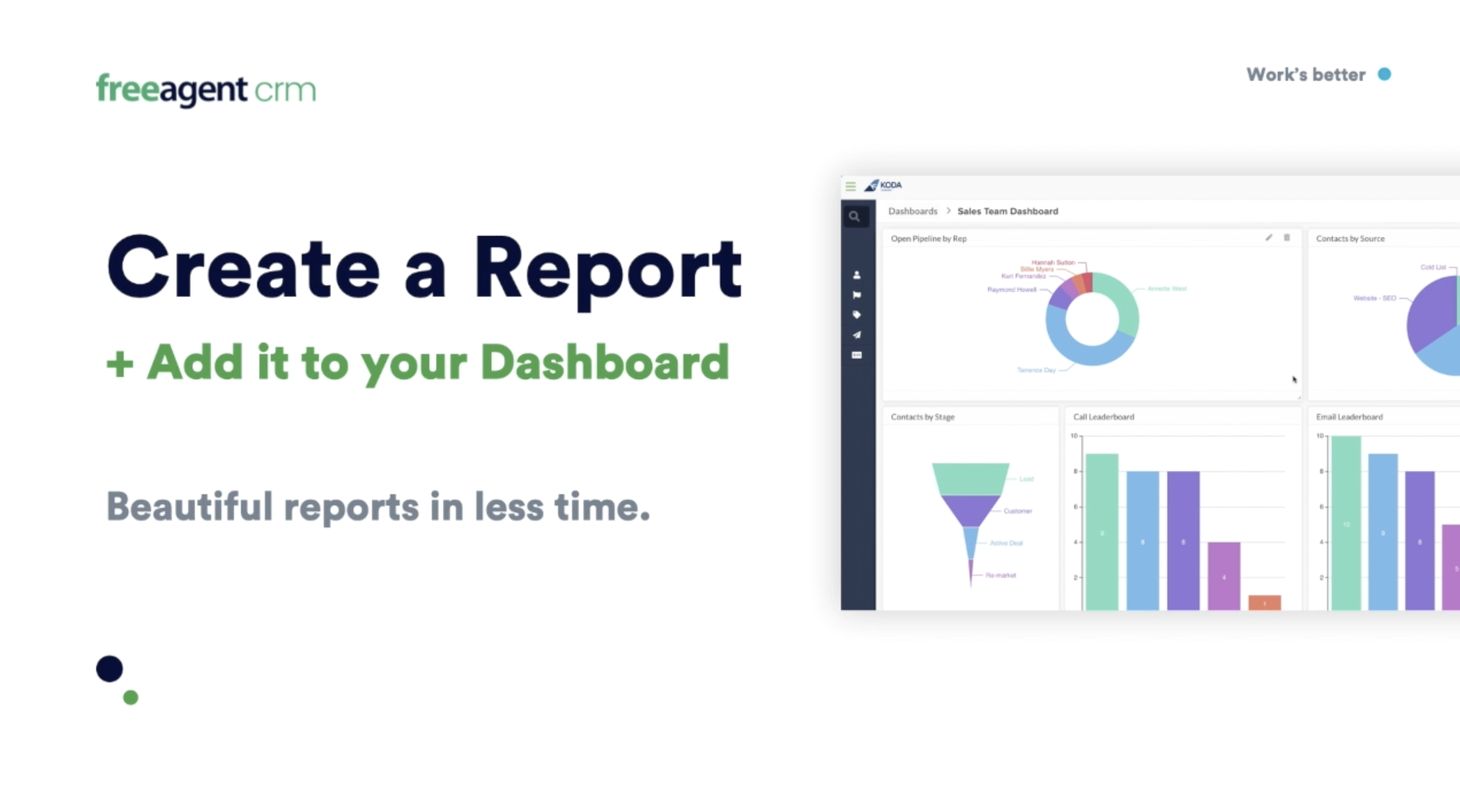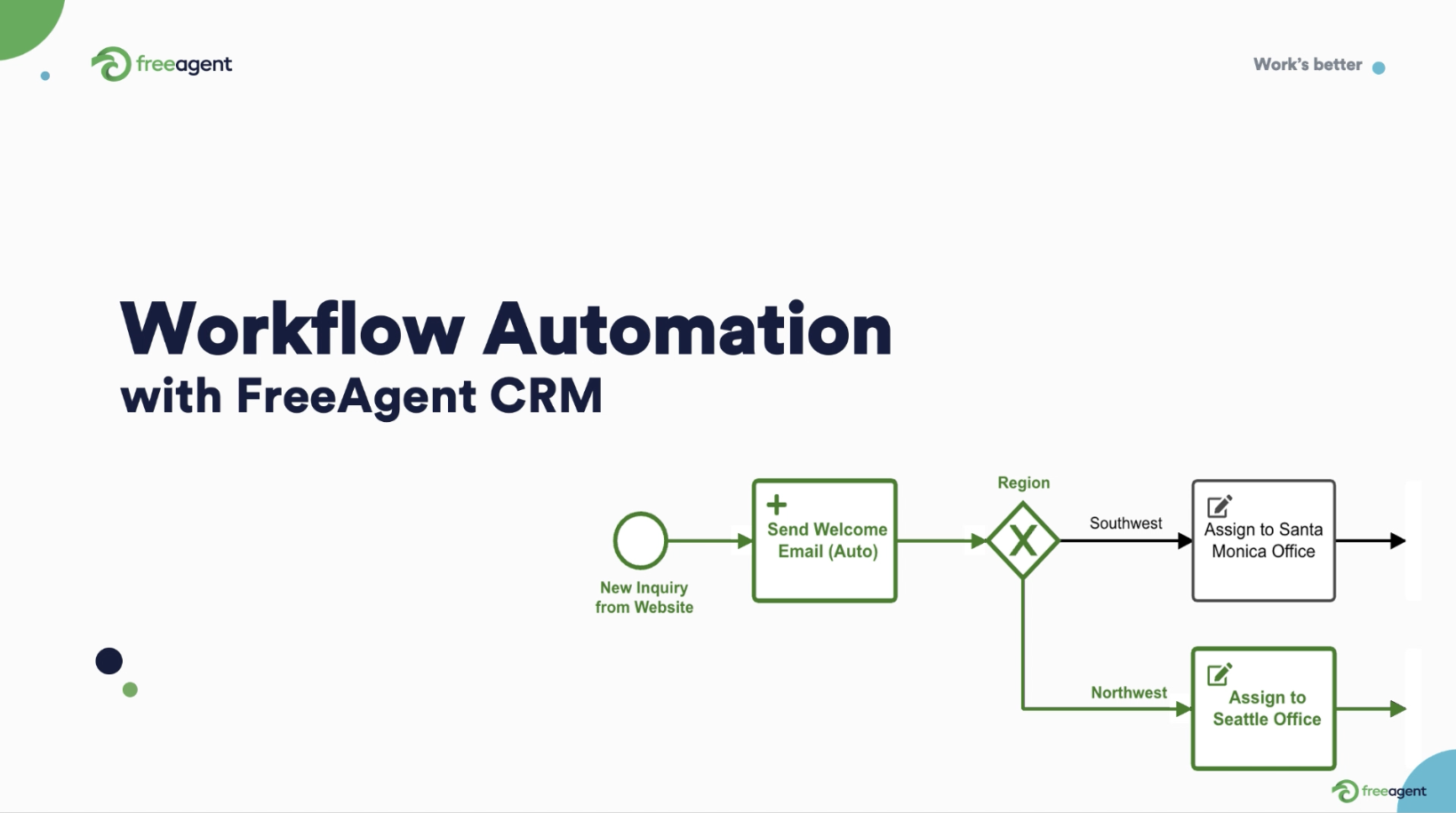What is productivity?
In the simplest terms, productivity measures how much effort it takes to produce an outcome or product.
For example, how many hours the product team takes to produce a single unit is a productivity measurement.
Using KPIs to measure productivity
Every company uses KPIs (key performance indicators) to measure productivity on some level. For example, most sales leaders could tell how many calls their team makes daily (calls/day).
The challenge with using KPIs to measure productivity is that these numbers are often oversimplifications that don’t tell the whole story.
Continuing our example, while calls/day is a valuable employee productivity KPI to track, it tells you very little on its own.
If your team makes over a hundred calls a day, but only one of those calls produces a lead, your team is not being very productive despite the amount of effort they are putting in.
Using KPIs to measure productivity requires you to understand the relationship between different productivity KPIs to make accurate and informed assessments.


Why does measuring productivity matter?
Measuring productivity is essential for business success and growth. It can help you:
- Gauge employee productivity/process success: Productivity metrics can help you evaluate your employees and processes.
For example, suppose you know your average sales rep has an opportunity conversion rate of 12%. In that case, you can use that to identify team members who may be struggling (achieving below 12%) and partner them with those who are doing well (achieving above 12%).
- Identify roadblocks and emerging issues: Tracking productivity can help you identify issues before they become problems.
For example, suppose you notice that the production cycle time for one of the products in your lineup has increased in the last week. In that case, you have time to identify and resolve the issue before it affects your ability to deliver on time.
- Make better investment decisions: Measuring productivity can help you allocate resources more effectively.
For example, if you identify that your support team’s resolution rate has dropped sharply since your last product update, you might invest more time into training them on the new features.
- Quoting accuracy: Knowing your productivity KPIs can help you increase the accuracy of your quote times and costs.
For example, suppose your team is failing to consistently deliver a single product in your lineup on time. In that case, you could adjust your delivery quote time to reflect the production time more accurately.
Of course, this could also point to a problem in the production process (old equipment, inefficient approval process) or suggest more training is required to produce that product.
This is just one example of how complicated evaluating productivity can be and why having a web of KPIs to analyze is a must.
Evaluating productivity KPIs
Productivity KPIs are like the words in a sentence — they need to be viewed in relation to each other to provide context.
For example, a high quote-to-close ratio is generally considered a good thing. However, when combined with a low average purchase value, this could suggest you undervalue your product or make too many concessions during the negotiation process.
It is best to take groups of productivity KPIs and evaluate them together, allowing you to make observations and judgments based on a complete picture.

10 productivity KPIs you need to track
The following productivity KPIs are relevant for almost any business type. We have broken them up into groups based on department for easier evaluation.
- Sales: These sales KPIs can tell you how effective your sales process is and how productive your sales reps are.
- Sales cycle time: This sales KPI measures the average time it takes your sales team/reps to go from first contact to a completed sale deal.
To calculate your sales cycle time, add up the total number of days it took to close all your deals and divide that by the number of deals closed.
total number of days to close all deals / number of deals closed
It is best to calculate your sales cycle time every month, quarter, or year, depending on your business, the length of your sales cycle, and the product/service you sell.
Monthly and quarterly assessments help identify seasonal trends, while annual assessments are better for evaluating long and complex sales cycles.
It can also be helpful to measure your sales cycle time by product/service type.
- Opportunity conversion rate: This sales KPI measures the percentage of opportunities your sales reps convert to won deals.
To calculate your opportunity conversion rate, divide the total number of opportunities won (closed) in a given period by the total number of opportunities from that same period and multiply the result by 100.
number of opportunities won / total number of opportunities x 100
Your opportunity conversion rate can be used to evaluate your sales processes and reps, but it can also provide valuable insights into the quality of your leads and opportunities.
For example, a high opportunity conversion rate (30% or above) could mean you are too selective in your lead scoring, limiting the number of opportunities you are presenting to your sales reps.
This is a great example of a productivity KPI that shouldn’t be viewed in a bubble but as a valuable piece in your sales performance and marketing assessment strategy.


- Sales/rep: This KPI is the total number of closed deals (sales) your sales reps make in a given period of time.
You can calculate your sales/rep as an average for the whole team or as a specific number for each rep. You can go further and calculate this by product/service type for even deeper insights.
This KPI metric is good for evaluating areas of strength and weakness within your sales team (some sales reps do better with bigger deals or specific products) and is a good measure of effective sales rep productivity.
- Average purchase value: This KPI measures the average dollars spent per transaction for your products/services.
To calculate your average purchase value, divide the total dollar value of all sales in a given period by the total number of sales from that period.
total value of all sales / number of sales
Average purchase value can help you make product development decisions and inform your marketing spend and ad channels.
- Production: These KPIs can help you identify bottlenecks in your production process and help you set proper expectations around timelines and delivery.
- Production cycle time: This KPI metric measures the average time your product team takes to produce a product ready to ship.
To calculate your production cycle time, add the total number of days it took to produce all the products you are tracking and divide that by the number of products produced.
number of days to produce all products / number of products produced
It is best to track your production cycle time by product as this will help you refine your delivery timelines and provide guidelines you can use when trying to fulfill special requests and prioritize projects.

- On-time delivery rate: This KPI measures the percentage of orders/projects you deliver within the quoted timeframe.
To calculate your on-time delivery rate, divide the total number of products/projects delivered on time by the total number of products/projects delivered and multiply the result by 100.
number of products delivered on-time / number of products delivered x 100
On-time delivery is a great KPI for evaluating customer service and satisfaction. It can also help you identify bottlenecks in your processes.
- Product Performance: This KPI tracks which products are your best and worst performers in terms of sales.
You can measure product performance by units sold or revenue generated, and it is best to do both to get the complete picture.
Product performance is a great KPI for helping you make product development decisions. It can also help you optimize your sales and marketing efforts by focusing your ad spend and sales initiatives toward your proven product lines.
- Support: These KPIs can help you identify gaps in your knowledge base and suggest where to allocate your support resources.
- Resolution rate: This KPI measures the percentage of tickets that your support team successfully resolves.
To calculate your resolution rate, divide the total number of tickets unresolved in a given period by the total number of tickets from that same period and multiply the result by 100.
number of tickets unresolved / total number of tickets x 100
You can track the resolution rate by employee or support channel for even deeper insights that can help inform training and resource investment.
The resolution rate is the most important support metric to track, as unresolved issues lead to poor customer satisfaction and high customer churn.


- Average handle time: This KPI measures the average time it takes your support team to resolve a ticket.
To calculate your average handle time, add up the total number of hours it took to close all your tickets in a given period of time (including call/chat time, research time, and post-resolution activities) and divide that by the number of tickets closed in that same time period.
total number of hours spent resolving all tickets / number of tickets
Average handle time is one of the leading indicators of customer satisfaction. It can help you evaluate your training, knowledge base, and support materials while providing guidance on resource allocation.
- Volume by channel: This KPI tracks the number of customers who reach out to your team for support by channel (chat, email, phone).
While it good to offer a variety of service options, knowing which ones are preferred can help you decide where to invest your resources.
FreeAgent CRM can track your productivity and improve your results
Calculating KPIs requires more than a formula; you need accurate data and numbers to crunch. FreeAgent CRM can help by providing a centralized hub your entire company can work from.
FreeAgent captures all your interactions and activities in real-time and transforms that data into dashboards and reports for deep analysis.
With FreeAgent, you can:
- Track all employee activities: Every interaction, note, field change, update, and action is captured and time-stamped, providing complete visibility into your work processes.
- Produce stunning reports and dashboards: FreeAgent can take all of the data it captures and turns it into visually stunning and easily digestible reports and dashboards. These can be shared with teammates, leadership, and the board to highlight results, drive friendly competition, and encourage ownership.
- Drive cross-team collaboration: Collaboration becomes built-in when everyone works within a single platform that integrates with all your existing tools. Align all your teams and processes and centralize all your communications for a smoother, more cohesive work experience.
- Employ powerful automations, templates, and workflow tools: Reduce your cycle times, align your messaging, and streamline your most complex processes with FreeAgent’s robust work management tools.
Try FreeAgent FreeAgent today, and discover how we are leading the way to a better workday.







